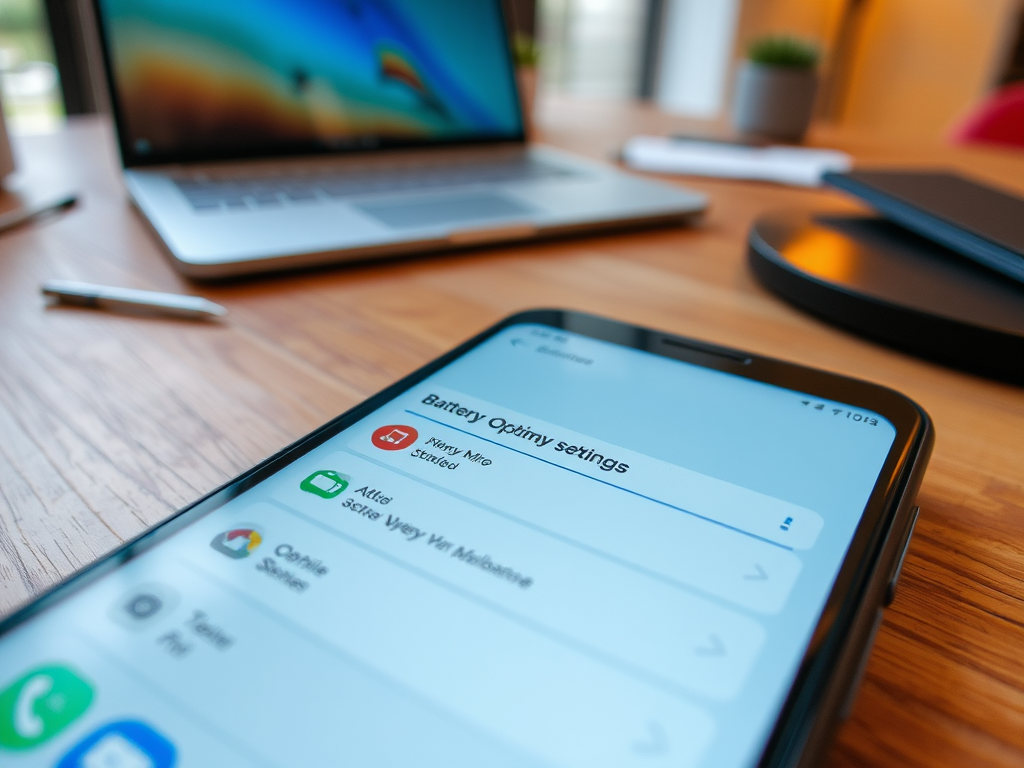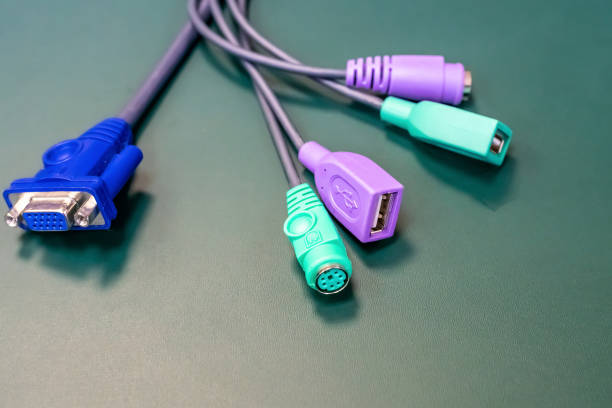In today’s fast-paced digital world, the last thing anyone wants is a dead battery. Whether you’re navigating a busy day filled with work, communication, or entertainment, your device’s battery is a critical component that determines your productivity and connectivity. If you’ve ever found yourself scrambling for a charger or stressing over your device’s battery percentage, you’re not alone. Fortunately, battery optimization offers a way to enhance your experience by prolonging battery life and maintaining device performance. In this comprehensive guide, we will explore essential techniques and tips that not only help you get more out of your battery but also educate you on the fascinating world of battery technology.
Understanding Battery Basics

To effectively optimize your battery life, it’s crucial to understand how batteries work. The average consumer often overlooks the underlying science behind these essential components. Batteries come in various types, with lithium-ion being the most common in modern devices due to its high energy density and rechargeable capabilities. Other common types include nickel-metal hydride and lead-acid batteries, each with its unique characteristics and applications. Knowing these differences helps you make informed decisions about how to manage and maintain your device’s battery health.
The lifespan of a battery generally depends on various factors such as charge cycles, temperature, and usage habits. On average, most lithium-ion batteries last between 2-3 years before their capacity noticeably diminishes. Factors that can shorten battery life include excessive heat, overcharging, and frequent discharges that go below 20%. However, by adopting proper usage techniques, you can significantly extend the longevity of your battery. The key is to treat your battery with care and to be mindful of how you use it. Below is a table illustrating common usage habits and their impact on battery lifespan.
| Usage Habit | Impact on Battery Lifespan |
|---|---|
| Overcharging | Shortens lifespan, especially if extremely high temperatures are reached. |
| Frequent full discharges | Can lead to a significantly reduced capacity over time. |
| High ambient temperatures | Accelerates degradation of battery components. |
| Using device while charging | May cause overheating, affecting the battery’s health. |
Tips for Optimizing Battery Life

Having a good grasp of your battery’s technology equips you with the necessary knowledge to implement practical strategies that can dramatically improve your battery life. Here is a collection of proven tips to get the most out of your battery every day:
- Adjust Screen Brightness: Dimming your screen brightness can save a considerable amount of battery life, especially with higher resolution displays.
- Manage App Usage: Limit background activity for apps that are not in use, and consider disabling notifications for non-essential applications.
- Optimize Location Services: Only utilize GPS when required and disable it for apps that don’t need constant location access.
Screen brightness is one of the most significant culprits when it comes to battery drain. By adjusting it to a comfortable but lower level, you not only extend your battery life but also reduce eye strain. Understanding which apps are constantly running in the background can be instrumental in conserving battery power. This practice not only streamlines your device’s performance but also enhances its overall functionality.
Adjusting Screen Brightness
Several devices come equipped with auto-brightness settings, which dynamically adjust the display brightness based on ambient light levels. However, manually setting your preferred level can often result in better battery optimization. Lowering the brightness a few notches will noticeably extend your battery’s run-time, especially in less illuminated environments. Regularly checking and calibrating this setting ensures you make an informed decision based on your daily usage patterns. Consider investing in screen dimming software to make these adjustments even easier.
Managing App Usage
Identifying which apps take up the most battery is crucial for maximizing efficiency. Mobile and desktop operating systems have built-in tools for tracking battery usage. Regularly review these settings and take proactive measures to limit unnecessary battery consumption. A good strategy is to uninstall or disable apps you rarely use. Be conscious of frequently accessed apps, as some may have high energy consumption even when idle. A good practice is to keep a checklist:
- Check battery settings weekly.
- Limit notifications for social media apps.
- Uninstall unused applications.
Tools and Techniques for Battery Management
In addition to the tips outlined above, there are numerous tools and techniques you can employ to take battery optimization to the next level. These can assist in monitoring and improving battery performance accordingly.
Utilizing Built-in Battery Saver Modes
Most devices come with built-in battery saver modes that can significantly extend battery life by limiting background processes and reducing system performance. Activating these modes can be a quick fix when your battery is running low. These settings can also be customized to suit your specific needs. For those long days when an outlet isn’t around, having this tool at your disposal can be a lifesaver.
Third-party Apps for Battery Optimization
Sometimes, built-in features may not be enough. There are several reputable third-party apps designed to help monitor and manage battery health more thoroughly. Some of these apps offer advanced features like real-time battery data and suggestions for optimizing settings. However, it’s crucial to research and choose the right app; here are a few considerations:
- Look for apps with high reviews and active support.
- Check that the app doesn’t require unnecessary permissions.
- Choose apps that provide educational insights into battery health.
Conclusion
In this guide, we’ve covered the fundamentals of battery optimization, from understanding battery types to practical tips for everyday usage. By implementing these strategies, you can enhance your device’s battery life and overall performance. The continuous advancement of technology should inspire you to stay updated on new methods for optimizing your devices. Remember that small changes in behavior can lead to significant improvements in battery performance. Embrace these techniques as part of your daily routine, and you’ll find that your devices remain charged longer, allowing you to focus on what truly matters.
Frequently Asked Questions
- What is battery optimization? Battery optimization refers to the strategies and techniques used to prolong the lifespan and efficiency of a device’s battery.
- How can I tell which apps are draining my battery? Most devices have a built-in battery usage monitor that shows which apps consume the most power. Access it through your device’s settings.
- Is it okay to let my battery drain to 0%? Regularly letting your battery drain to 0% can shorten its lifespan. It’s better to recharge before it hits that level.
- Does using dark mode really save battery? Yes, using dark mode can save battery life on OLED screens, as these displays consume less power when displaying black pixels.
- How often should I replace my battery? A battery should be replaced when it can no longer hold a sufficient charge, typically after 2-3 years of normal usage, depending on the device and care given.



